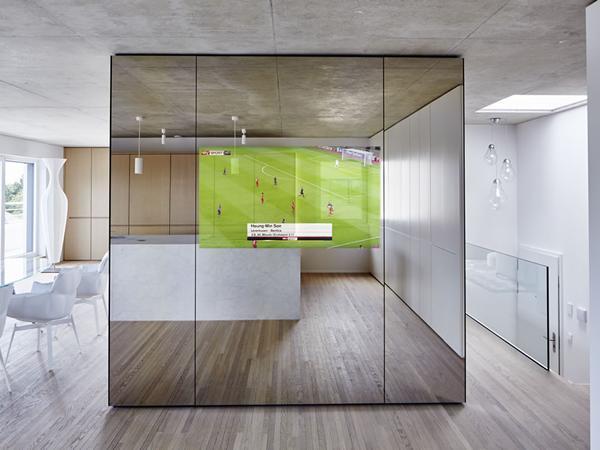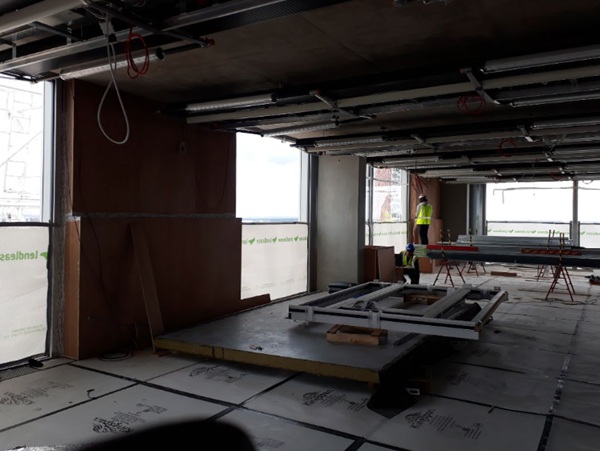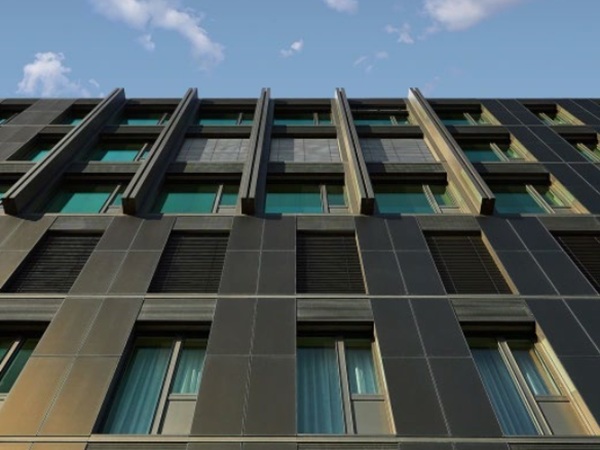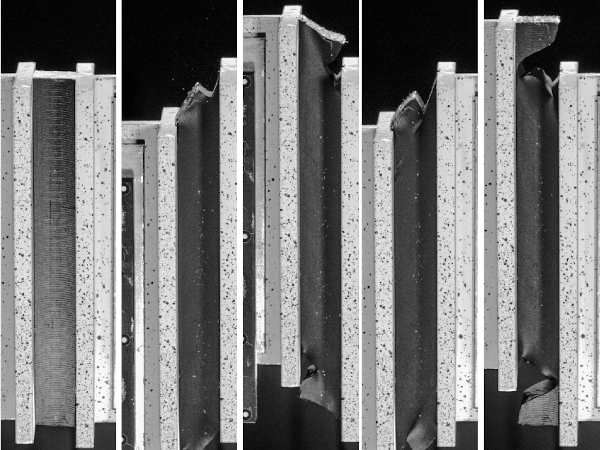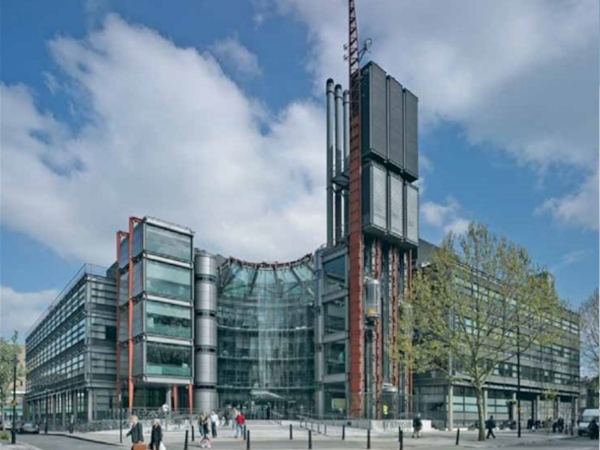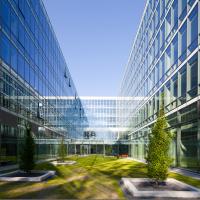The functionality of glass goes far beyond the proven basic properties of this transparent material – switchable panes replace solar shading, multi-media façades change the architecture of our buildings and glazing becomes an active component thanks to integrated sensors.
Smartphones and tablets are just the tip of the iceberg in this development. From 23 to 26 October glasstec 2018 in Düsseldorf will present market-ready innovations and bold visions that could already change our lives tomorrow.

Multifunctional and Interactive
Digitalisation and the unrivalled success story of smartphones and tablets have opened our eyes to just how fast new technology can change our lives.
Thin glass plays a key role here thanks to its touch properties – thereby laying the foundation for the further development of multi-functional and interactive properties – and the limits of what is feasible have not even been reached yet.
In future, glass will play an active and varied role in regenerative energy generation, building management, medical device technology and bio engineering, entertainment and healthcare. How this is possible and what is feasible already today can be seen at glasstec 2018 in Düsseldorf.
Glass functions and properties are undergoing fundamental changes that will turn this once passive material or product into a multi-functional and interactive medium capable of prompting ground-breaking changes and developments in architecture, the automotive sector as well as in many other high-tech industries.
This becomes evident when looking at modern glass façades that are no longer confined to providing optimum thermal and sound insulation. Because now their surfaces can be activated by corresponding applications and coatings – manually, automatically or by sensors.
With switchable and light-emitting glass we have the first market-ready applications, ongoing digitalisation creates even stronger interest in media and information screens and energy transition finally drives glass and panes as energy converters and storage media.
Sensor integration incorporates glass into central control units and building automation systems – just like rain sensors in the windscreens of vehicles which set the windscreen wipers in motion, temperature and moisture sensors in glass façades control indoor climate, light sensors mediate between daylight and artificial light or weather and movements sensors protect against damage and burglary.
Multifunctional Glass changes Everyday Operations
In the near future, we will control navigation on the windscreen of our self-driving cars, entertain ourselves with movies while we are driving, read our messages or write e-mails interactively.
Thanks to multi-functional and interactive glass, architecture and technology will fuse as will the design of consumer goods with their functions – be it in buses, trains or planes, in households, in leisure or in the multimedia industry.
Smartphones and tablets in conjunction with interactive glass will serve as controls for a wide variety of applications and products – even today installed Apps can control components connected to building automation, from sun shades and heating systems through to lighting, to name but a few.
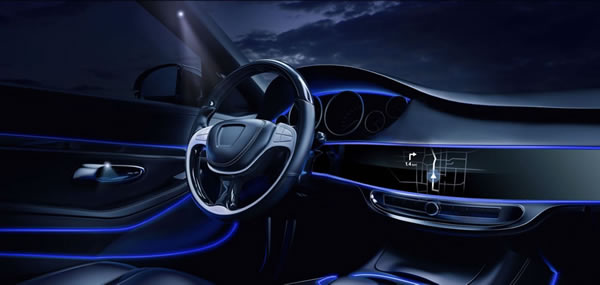
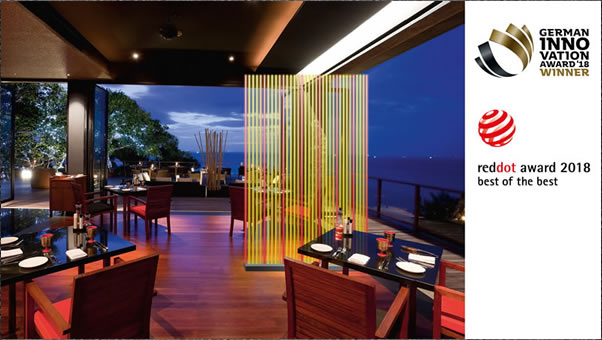
Better Resource Management and More Safety
Like multi-functional glass, façades and window panes impact architecture and alter building technology concepts while flooring made of armoured glass panels is about to increase road safety on high-risk roads in a so far unusual way: LEDs built into the glass and supplied with energy by solar cells serve as road markings by day and by night and can change colour if need be or flash in danger zones.
Furthermore, the solar power generated by these panels could supply the storage systems of surrounding homes.
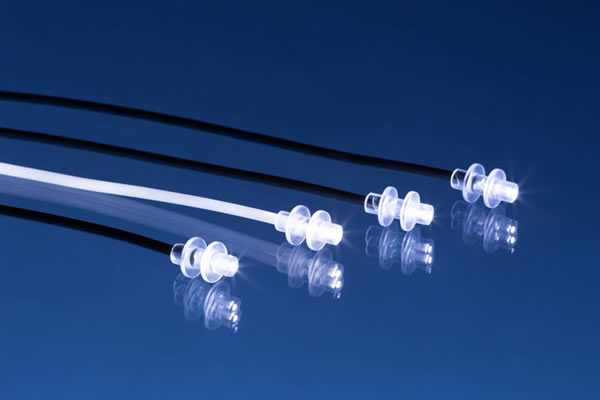
In this way multi-functional glass can sustainably improve the resource management of buildings, local authorities and transport systems in architecture, urban planning and road construction, it can enhance singular "passive" product characteristics with adaptive and interactive functionalities while acting as a design element at the same time.
Add to this "up-scaling" – the trend towards ever bigger panes – and other technological developments in structural glass engineering and joining technology – especially through gluing. In combination with its touch properties the versatile and flexibly applicable functionalities give the modern material glass additional benefits enabling it to rise to future challenges and demands for a beneficial future.
Worth noting in this context is the durability, the ability to repair and heal itself (especially with large-format panes) as well as the separability of the individual layers and elements in the interest of re-use in accordance with the cradle-to-cradle principle.
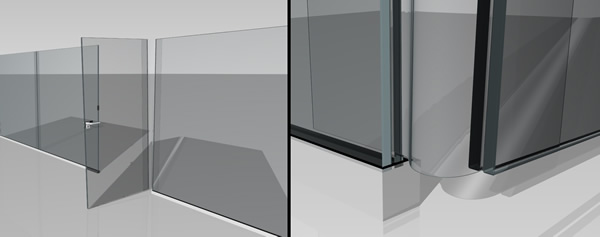
Visions become Reality – at glasstec 2018 in Düsseldorf
What material besides glass is capable of changing its specific and most inherent characteristics such as transparency, protecting against chemical and mechanical influences and serving as a substrate for various functional layers without losing its look, touch and basic functions?
In the near future window panes will replace TV sets, complement luminaires with glare-free artificial light and render roller shutter boxes superfluous thereby avoiding thermal bridges.
What sounds like a distant vision for some has long been a reality in the development labs of universities and producers – so come and marvel at the relevant prototypes at the special show glass technology live in Hall 11 of the world’s No. 1 trade fair glasstec in Düsseldorf from 23 to 26 October.

